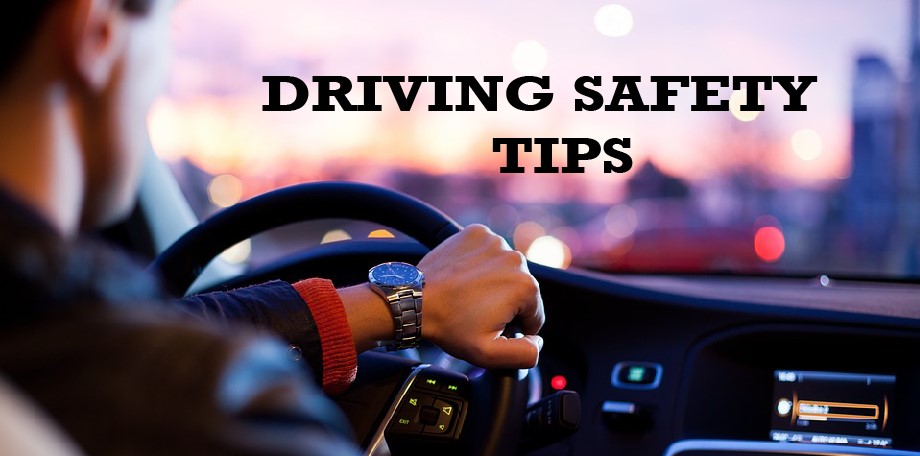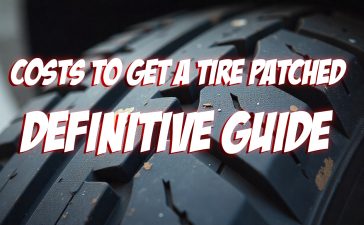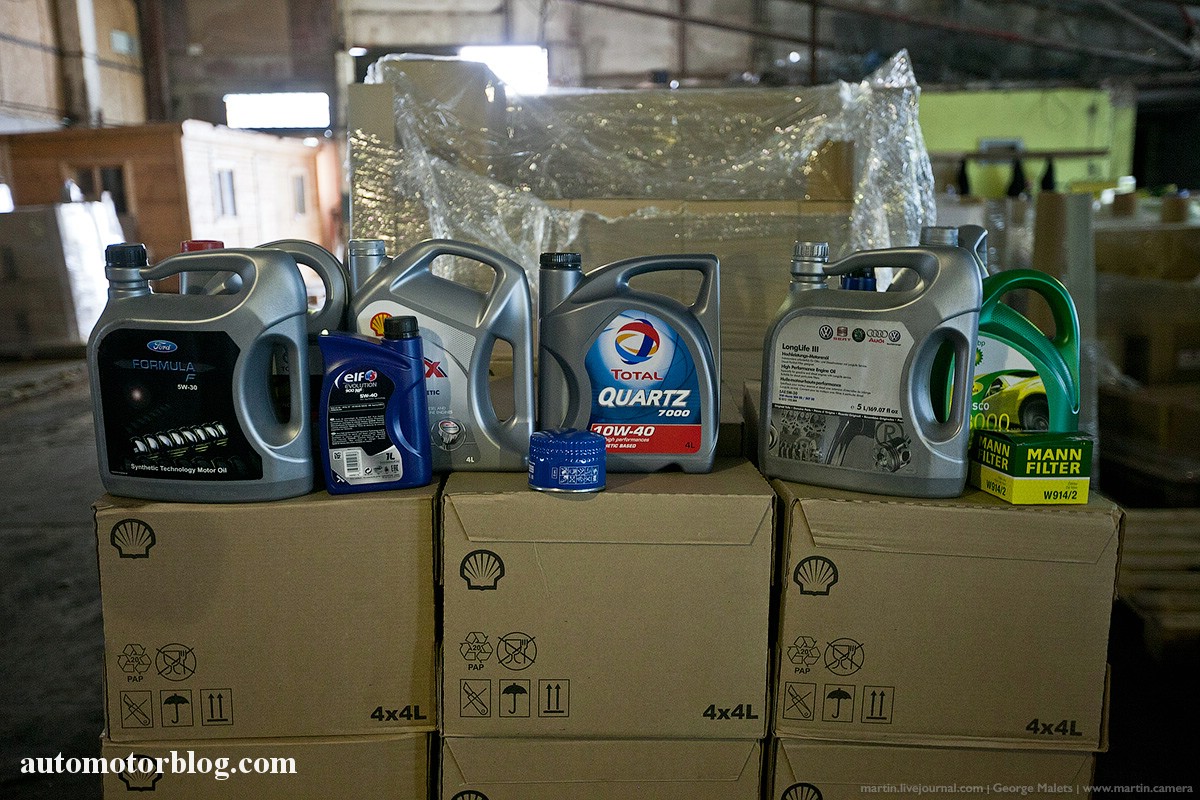Driver’s ed teaches the basics of drivers and staying safe on the road, but you never truly stop learning when you become a driver. Gaining more experience helps drivers know how to deal with different situations, but it can take time and many hours on the road before you feel comfortable in charge of your vehicle. There are some tips every new driver should know to stay safe on the road.

Source: veryulissa/Shutterstock.com
1. Maintain Your Vehicle
It may not be the most exciting part of becoming a new driver, but vehicle maintenance is essential to keep your car roadworthy. Besides regular oil changes and other required maintenance, you can use a car cover to protect your vehicle from the elements when parked. By keeping your car in good condition, you ensure it is safe to drive, and you’re also less likely to incur costly repair bills.
2. Stay Alert and Avoid Tailgating
The most important thing to remember while driving is to stay focused and aware of other drivers on the road. Giving yourself plenty of time to apply the brakes before junctions and watching out for other road users is essential. Other drivers can be unpredictable, so you need to give yourself time to react to the unexpected. Tailgating is a major cause of rear-end accidents, and many states are now holding tailgaters responsible for their actions.
3. Use Your Signals
Other road users don’t know where you’re going, so you need to give clear indications so they can provide you with the appropriate amount of space. Signal early when you’re changing lanes or turning down a side road. Remember to turn your signal off after you’ve made your maneuver, so other drivers know you’re now continuing straight.
4. Keep Passengers Safe
You’re responsible for all passengers in your vehicle, so ask everyone to buckle their seatbelt. In the event of a collision, if one person is not wearing their seatbelt, they could endanger themselves and other passengers. Try to keep passengers comfortable, and don’t try to cram more people in your car than can legally fit. If you just received your driver’s license and are under 18, depending on where you live, you may be limited on the number of non-family member passengers you can transport.
5. Have Adequate Insurance
At a minimum, you should have the required insurance by your state. While some states require that you have uninsured motorist insurance, others don’t. If you can afford to pay more, it’s a good idea to purchase extra coverage in case an uninsured driver hits you. Many people take out liability policies to protect themselves in case they are at fault in an accident and another driver tries to sue for compensation. However, drivers often forget to purchase coverage to help them if they are the victim of an accident with an uninsured road user.
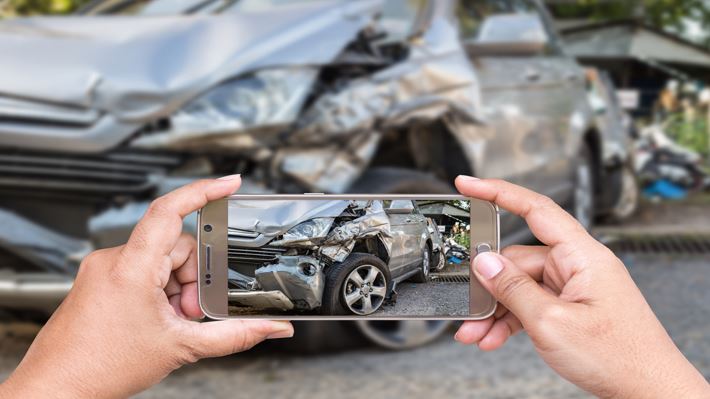
Source: Piyawat Nandeenopparit/Shutterstock.com
6. Post-Accident Procedures
If you are unfortunate enough to be involved in an accident, there are specific steps to take in the aftermath. You may be unable to move your vehicle, but if possible, try to pull out of traffic and park in a safe location. Call the police and notify them of the accident, and exchange insurance details with the other driver. Use your phone to take photos of the damage and the accident location. Do not discuss liability with the other driver since this could influence who the insurance companies find to be at fault for the accident.
7. How to Change a Tire
Learning how to change a tire takes less than an hour, but many new drivers don’t take the time to learn this crucial skill. A tire can blow out at any moment, and you can change it for a new one in about 20 minutes instead of waiting for costly roadside assistance. Check your car instruction manual to find out where the spare tire location is and where you can find the jack. Do a practice run to learn where to place the jack under the car and how to release the bolts that attach the wheel to the vehicle. Practicing safe lifting techniques can reduce the risk of injury when working with heavy tires.
8. How to Connect Your Phone to Your Car
Texting and talking on your handheld phone while driving is dangerous. Most people know never to use a handheld phone when driving, and they use Bluetooth to connect with their car speakers. Learning how to connect your phone means you can do it quickly before you begin to drive. It’s also good practice to know how to make and answer calls without taking your hands off the wheel or your eyes off the road. If you lose the Bluetooth connection during a call, don’t try to fix it when you’re driving. Always wait until you are stationary in a safe location that doesn’t endanger other road users.
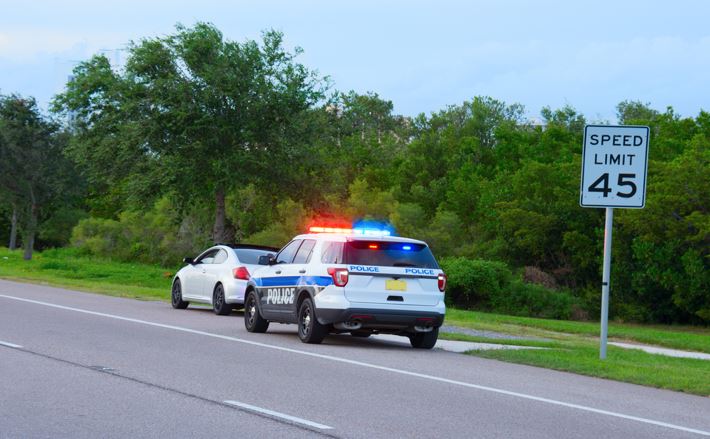
Source: Mike Focus/Shutterstock.com
9. What to Do When You’re Pulled Over
New drivers can become nervous when law enforcement pulls them over for the first time. Pull your car safely over to the roadside and turn the engine off. Put your window down, turn off the radio, and place your hands on the wheel. When the officer approaches, wait until they explain the reason for the traffic stop. If you disagree, there is no need to argue; you can make your case in court. When the police officer asks for your driving license and insurance, keep your hands on the wheel while describing their location. Explain you need to reach for them so the officer is aware you’re going to move and where he can expect to see your hands. This step is critical to ensure there are no misunderstandings that could escalate the situation.
10. Don’t Drive When Angry
If you’ve had a bad day at school or work, take a few minutes to calm down before getting in your car. Driving when angry increases the risk of being aggressive toward other road users and making decisions that could lead to an accident. Staying calm when in charge of your car is vital to keeping yourself and others safe. If another driver cuts you off on the road and it unsettles your mood, find somewhere safe to pull over and take some deep breaths.
Stay Safe with These Tips
Following these tips can help new drivers stay safe whether they’re driving across the country or just commuting to school, extra-curricular activities, or work. While accidents can happen to even the most careful drivers, you can reduce your chances of crashing by maintaining your car properly, staying alert, and never driving while angry or distracted.


